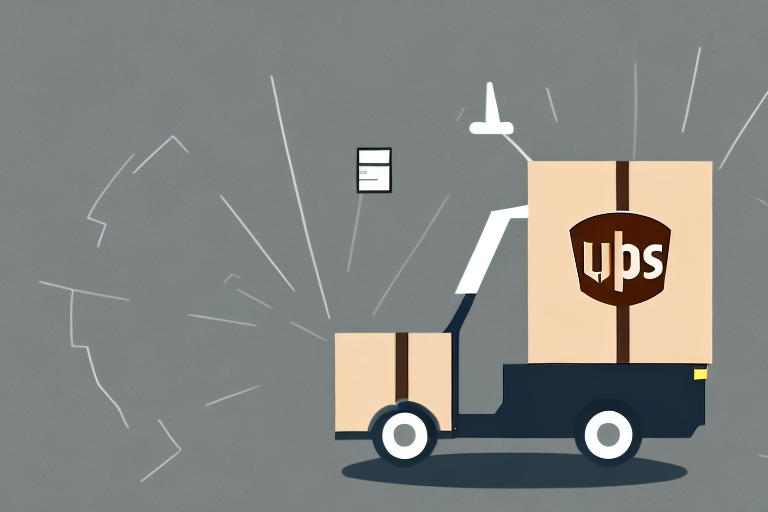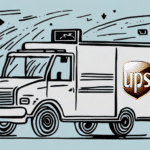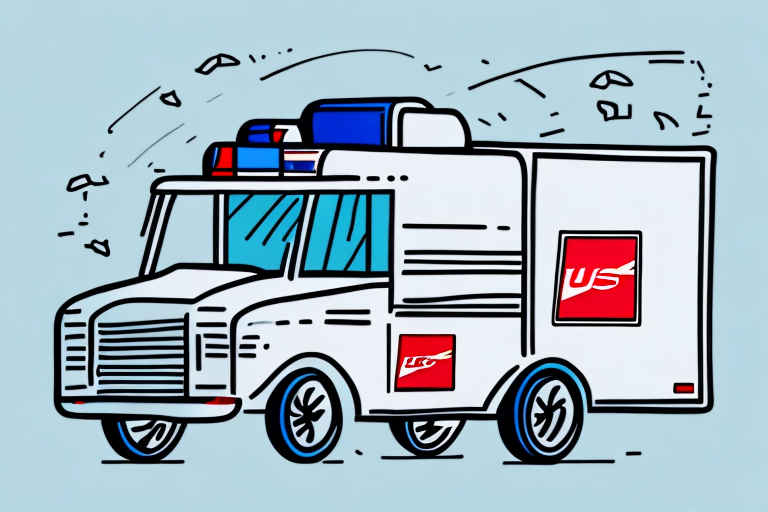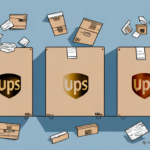UPS SurePost Says Delivered, But Where Is the Package?
If you've ever ordered a package through UPS SurePost, you know how frustrating it can be when the tracking indicates "delivered," but you can't locate your package. In this article, we'll delve into the UPS SurePost delivery service, explore common issues, and provide actionable tips to ensure your packages arrive safely and on time.
Understanding UPS SurePost Delivery Service
UPS SurePost is a hybrid shipping service that combines the reliability of UPS with the cost-effectiveness of the U.S. Postal Service (USPS). Essentially, UPS handles the initial transit of your package, delivering it to the destination area before handing it off to USPS for final delivery to your mailbox or doorstep.
This service is ideal for lightweight packages, typically under 70 pounds, with a maximum combined length and girth of 130 inches. UPS SurePost is available for shipments within the United States, including Alaska and Hawaii.
While UPS SurePost offers significant cost savings compared to traditional UPS shipping methods, it may have longer delivery times and less frequent tracking updates. According to [UPS](https://www.ups.com/us/en), this service is best suited for non-urgent shipments where cost is a primary concern.
Common Reasons for Delayed UPS SurePost Deliveries
Several factors can contribute to delays in UPS SurePost deliveries, including:
- Delivery to rural or remote areas
- Inaccurate or incomplete shipping information
- Adverse weather conditions or natural disasters
- High package volumes during peak seasons, such as holidays
- Package mishandling during transit
Understanding these potential issues can help you mitigate delays and ensure smoother deliveries. For instance, verifying the accuracy of your shipping address can significantly reduce the chances of your package being delayed or lost.
Tracking Your UPS SurePost Package
Tracking your UPS SurePost package is straightforward using the tracking number provided by the sender. You can track your package on the UPS website or through the USPS tracking system once the package is handed off.
For enhanced tracking capabilities, consider signing up for UPS My Choice. This free service offers real-time updates, delivery alerts, and options to customize your delivery preferences.
While tracking provides visibility, keep in mind that updates may be delayed during the transition from UPS to USPS. If you notice a lack of updates over an extended period, contacting UPS customer service is recommended for assistance.
Handling Missing or Lost UPS SurePost Packages
If your UPS SurePost package is marked as delivered but remains missing, follow these steps:
- Verify the Delivery Address: Ensure that the shipping address provided is correct.
- Check with Neighbors: Sometimes packages are left with neighbors or in secure locations around your property.
- Contact the Sender: Confirm that the package was indeed shipped and obtain any additional information.
- Reach Out to UPS and USPS: Provide your tracking number and details to initiate a search or investigation.
If the package remains unlocated, you may need to file a claim for reimbursement. Ensure you have all necessary documentation, such as proof of value and shipping details, to facilitate the claim process.
Tips for Avoiding Missing or Lost UPS SurePost Packages
Preventing package loss involves proactive measures throughout the shipping process:
- Double-Check Shipping Information: Always verify the accuracy of the recipient’s address and contact details before finalizing your order.
- Opt for Enhanced Tracking: Choose shipping methods that offer detailed tracking to monitor your package’s journey.
- Require a Signature: Requesting a signature upon delivery can ensure that your package is received by the intended recipient.
- Be Mindful of Peak Seasons: During high-volume periods, plan for potential delays and adjust your shipping schedule accordingly.
Additionally, utilizing services like UPS My Choice allows you to receive timely notifications and make adjustments to delivery preferences, reducing the risk of package misplacement.
Exploring Alternative Shipping Options
If you encounter recurrent issues with UPS SurePost, consider alternative shipping solutions that may better align with your needs:
- UPS Ground: Offers reliable and faster delivery times compared to SurePost, suitable for a wider range of package sizes.
- UPS Next Day Air: Ideal for urgent shipments requiring next-day delivery.
- Regional Carriers: Smaller carriers may offer more personalized service and quicker delivery within specific areas.
- Package Forwarding Services: Useful for international shipments, these services receive packages at a US address and forward them to your location.
Each alternative comes with its own set of benefits and costs, so evaluate them based on your specific shipping requirements.
Pros and Cons of Using UPS SurePost
When deciding whether to use UPS SurePost, consider the following advantages and disadvantages:
Pros:
- Lower cost compared to traditional UPS shipping methods
- Combination of UPS and USPS networks, expanding delivery reach
- Convenient tracking options through both UPS and USPS systems
- Suitable for residential deliveries
Cons:
- Longer delivery times due to the handoff between UPS and USPS
- Potential delays in tracking updates
- Higher risk of package loss or damage during transfer
- Service limitations for business deliveries
Ultimately, the decision to use UPS SurePost should align with your priorities—whether it's cost savings or faster, more secure delivery.
Filing a Claim for a Missing UPS SurePost Package
If your package remains missing after following the necessary steps, filing a claim with UPS is the next course of action. Here’s how to proceed:
- Gather Necessary Information: This includes your tracking number, shipment details, and proof of the package’s value.
- Submit the Claim: You can file a claim online through the UPS website or by contacting UPS customer service directly.
- Await Processing: Claims can take several weeks to process. Ensure you comply with all requirements to avoid delays.
Be mindful of the time limits for filing claims—typically within nine months for domestic shipments and 60 days for international ones. Missing these deadlines may render your claim ineligible.
Conclusion
UPS SurePost offers a cost-effective shipping solution by leveraging both UPS and USPS networks. However, it comes with potential challenges such as longer delivery times and a higher risk of package misplacement. By understanding how the service operates, proactively tracking your shipments, and implementing preventive measures, you can enhance your shipping experience and reduce the likelihood of missing or lost packages.
Ultimately, weighing the pros and cons of UPS SurePost against alternative shipping options will help you determine the best approach for your specific needs. Whether you prioritize cost savings or delivery speed, making informed decisions ensures that your packages reach their destinations reliably.






















